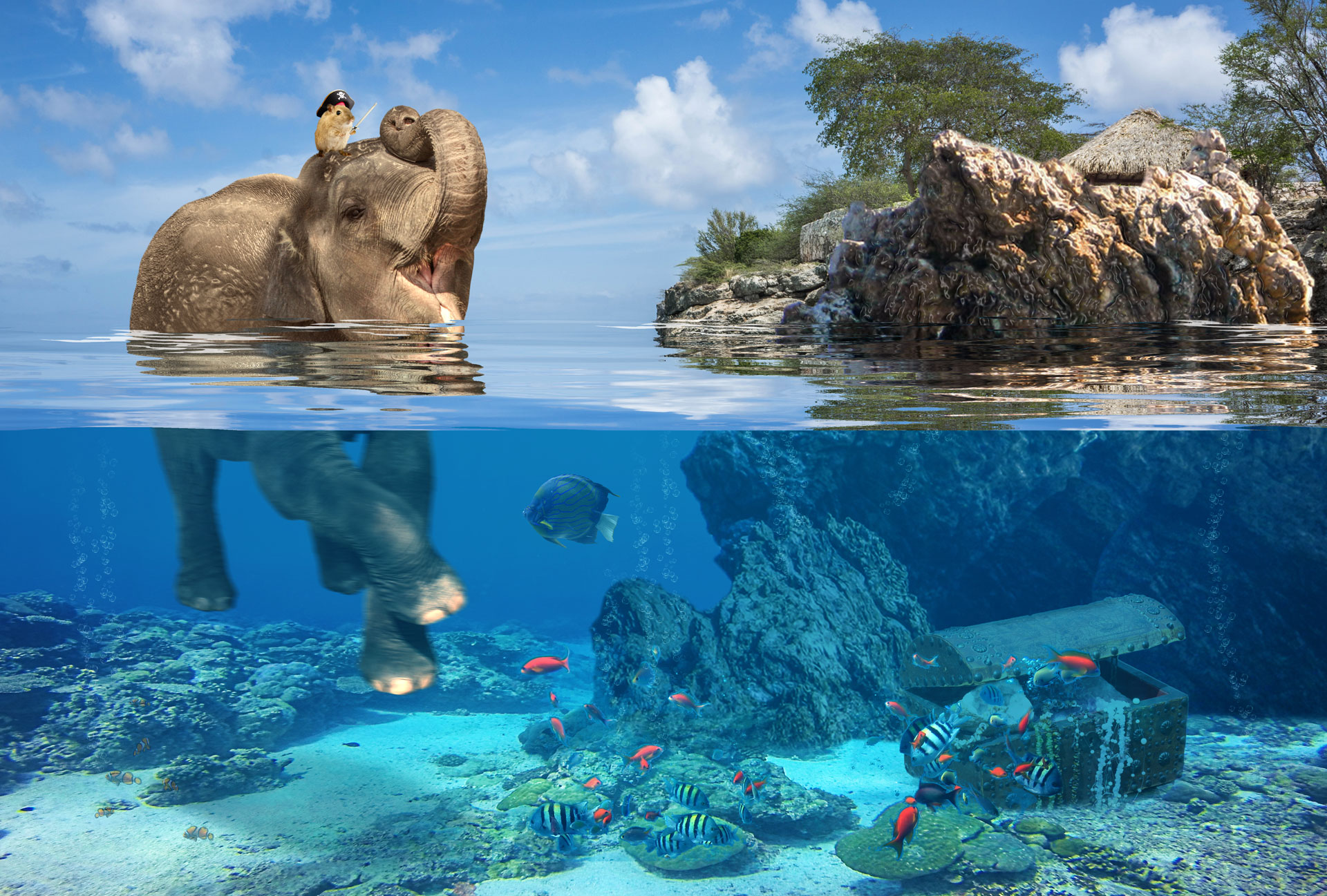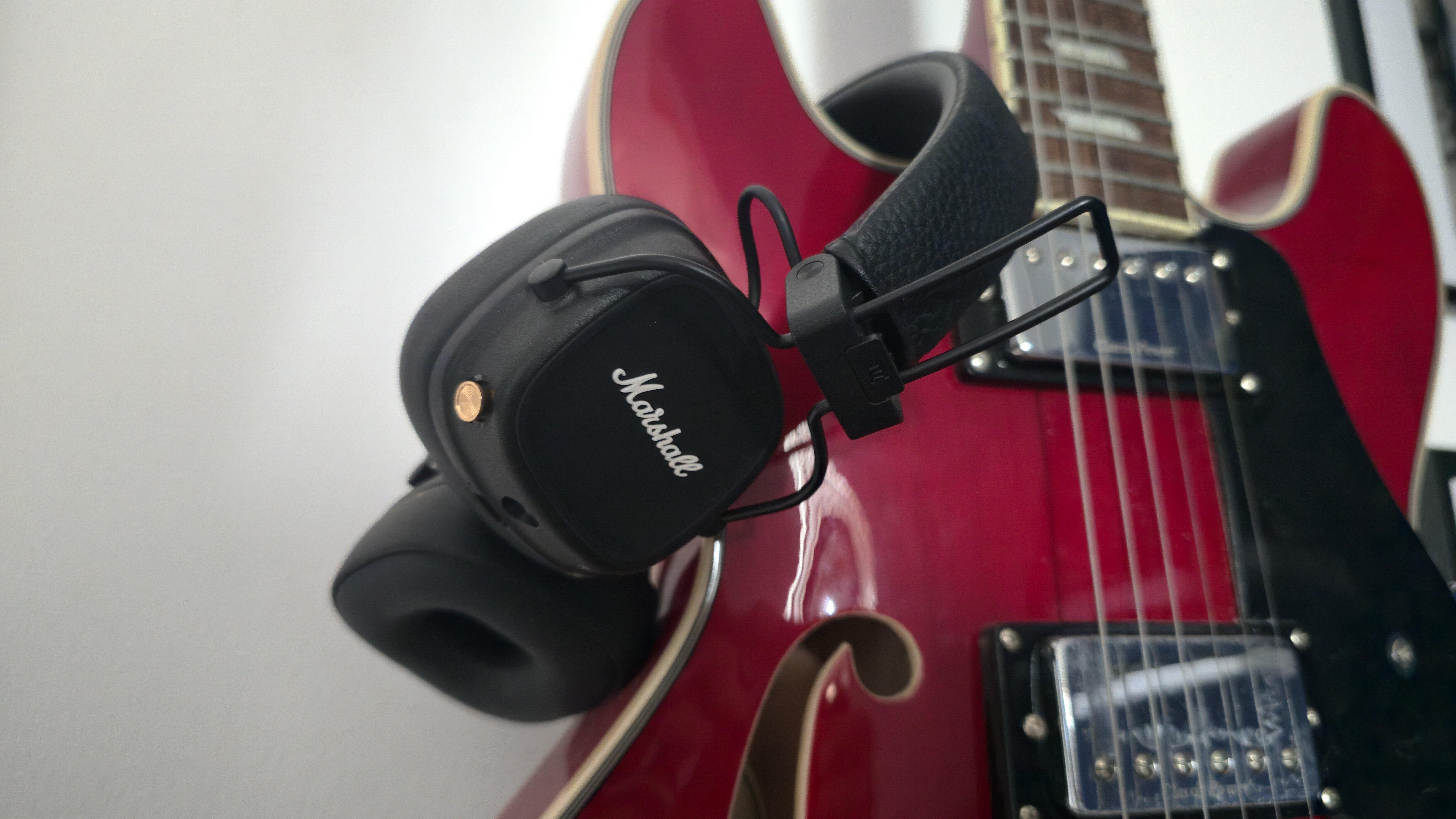The ultimate guide to Photoshop filters
Make the impossible possible, using the Filter menu's endless reel of awesome effects.

You can do anything with Photoshop filters. Need some fog or rain in the horizon of your photo? There's a filter for that. Need to refocus your composition? There's a filter for that, too. There are even filters for making the sky look painted, your trompe l'oeil compositions look realistic, and the elephant in your photo look like he's having a great time splashing around.
The beauty of filters is that they enable you to start from scratch and create an effect tailor-made for the composition you're creating. Stock art imagery can only be so useful when it comes to creating compositions, and while it might take you an hour or so to find the perfect water texture, for example, it will only take a fraction of the time to complete the effect with the Plastic Wrap filter. It's the same with so much of the Filter menu; it can give you final adjustments, sure, but more often than not, it can provide you with something to work with, such as clouds or a lens flare, so that you can blend it into your work. (For non-Photoshop filtering options, see our best VSCO filters.)
Don't believe us that you can do anything with filters? Just read this Photoshop tutorial to discover what's possible…
01. Motion Blur

Motion Blur, unsurprisingly, creates impressive realistic motion effects. Define the area first, and then apply the filter. Controlling the angle and the distance is essential to achieving the best results.
02. Plastic Wrap

The Plastic Wrap filter is perfect for creating liquid effects. To give you much more control over the effect, select small areas on the image, and then adjust the settings.
03. Displacement Map

When you're working with textures, the Displacement Map is very handy for creating subtle distortions. But you can also create beautiful water reflections using only this filter.
04. Render Flame

Rendering flames in Photoshop is very easy. First, create a simple path using the Pen tool, then go to Filter> Render > Flame. Select the Flame Type and adjust the Advanced settings.
Get the Creative Bloq Newsletter
Daily design news, reviews, how-tos and more, as picked by the editors.
05. Liquify

Liquify requires some practice. Vary the brush size continually, keeping the pressure low, then gently stroke to apply the filter. Use the Smooth tool (E) to refine the effect.
06. Render Clouds

Create a blank layer and use a Motion Blur filter to add movement. Mask away areas with a soft brush to reveal details from the background. Adapt the Blend If blending option, pulling half of the black slider inward (holding opt/alt) under This Layer.
07. Surface Blur

Surface Blur can be a great alternative to Gaussian Blur because it retains edge detail. This makes it suitable for smoothing out facial skin. Mask out areas to restore detail.
08. Reduce Noise

When you start enlarging, filtering, or sharpening rasters, you might accumulate some noise. To reduce, use Reduce Noise on individual layers, or apply to a merged layer to affect overall.
09. High Pass

Use High Pass for a different take on sharpening. Merge layers, convert to a Smart Object (Photoshop/CC), set to Overlay or Soft Light, then apply High Pass (try Radius: 6).
10. Field Blur

Build up your own blur mix! With Field Blur, you can easily add multiple blur points, each with its own blur strength. The final result factors in all the points.
11. Radial Blur

When you've placed the image of the stars in the background, duplicate (cmd/ctrl+J), set to Screen and go to Filter > Blur > Radial Blur for this cool effect.
12. Oil Paint

The Oil Paint filter (Filter > Stylize > Oil Paint) is a great way to give a cartoonesque finish to the background.
13. Displace

Save your work as a PSD, insert a stock image of a crack over the statue and go to Filter > Distort> Displace. Choose 10x10 for the Scale, check Stretch To Fit and Wrap Around and choose the PSD you've just saved.
14. Render Tree

Stick to one or two tree types and apply to individual layers. Change Branch Height and Arrangement sliders for each, resize using Free Transform, and adapt each one using clipped Curves adjustments.
15. Gaussian Blur

Apply the Gaussian Blur filter as a Smart Filter and add just enough to soften the large background trees (6-8 Radius). Lower the blur for the closer trees. Apply the blur to the background layer as well, and mask out the midground details for depth of field.
16. Add Noise

Fill a new layer in white. Go to Filter > Noise> Add Noise to create some noise on this layer and use Levels (cmd/ctrl+L) to alter the contrast of it.
17. Dry Brush

Go to Filter > Filter Gallery > Dry Brush. This will convert your noise more into splodges; go to Filter > Blur > Motion Blur to make it look like rain. Set to Screen.
18. Glowing Edges

Once you've created your neon text, using layer styles such as Outer Glow and a Pen-drawn cable behind the letters, merge all into a stamp layer and go to Filter > Filter Gallery > Stylize > Glowing Edges.
19. Spherize

Use the Spherize filter to wrap images and text around a sphere. Grab the Elliptical Marquee Tool, hold Shift and create a selection. Apply the filter to create the distortion.
20. Lens Flare

Fill a new layer with black, changing the blend to Screen. Apply the Lens Flare. Add a Gradient Map adjustment layer (clip the layers). Change the gradient colours to quickly create a beautiful sunset.
This article originally appeared in Photoshop Creative. Buy back issues here.
Related articles:

Thank you for reading 5 articles this month* Join now for unlimited access
Enjoy your first month for just £1 / $1 / €1
*Read 5 free articles per month without a subscription

Join now for unlimited access
Try first month for just £1 / $1 / €1
